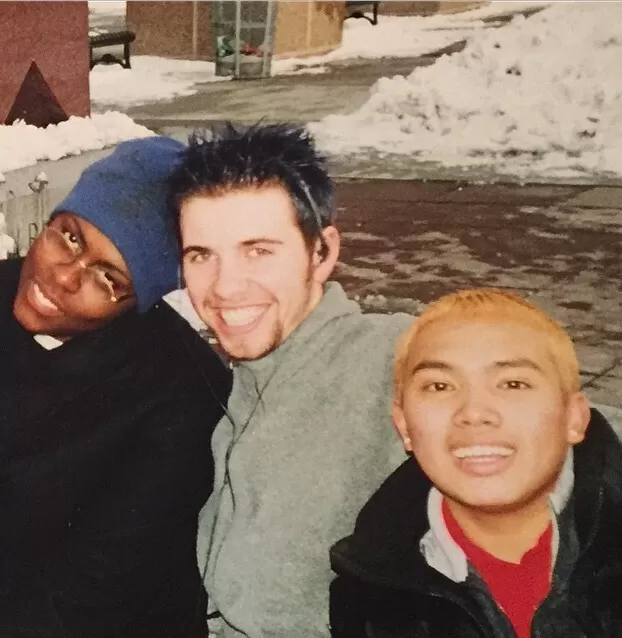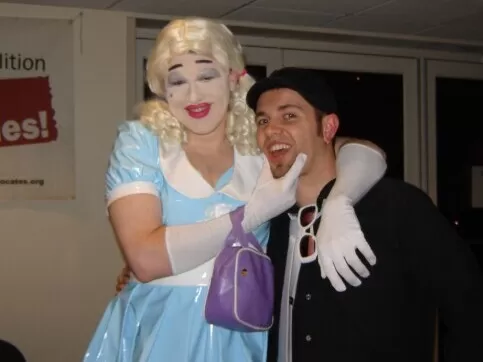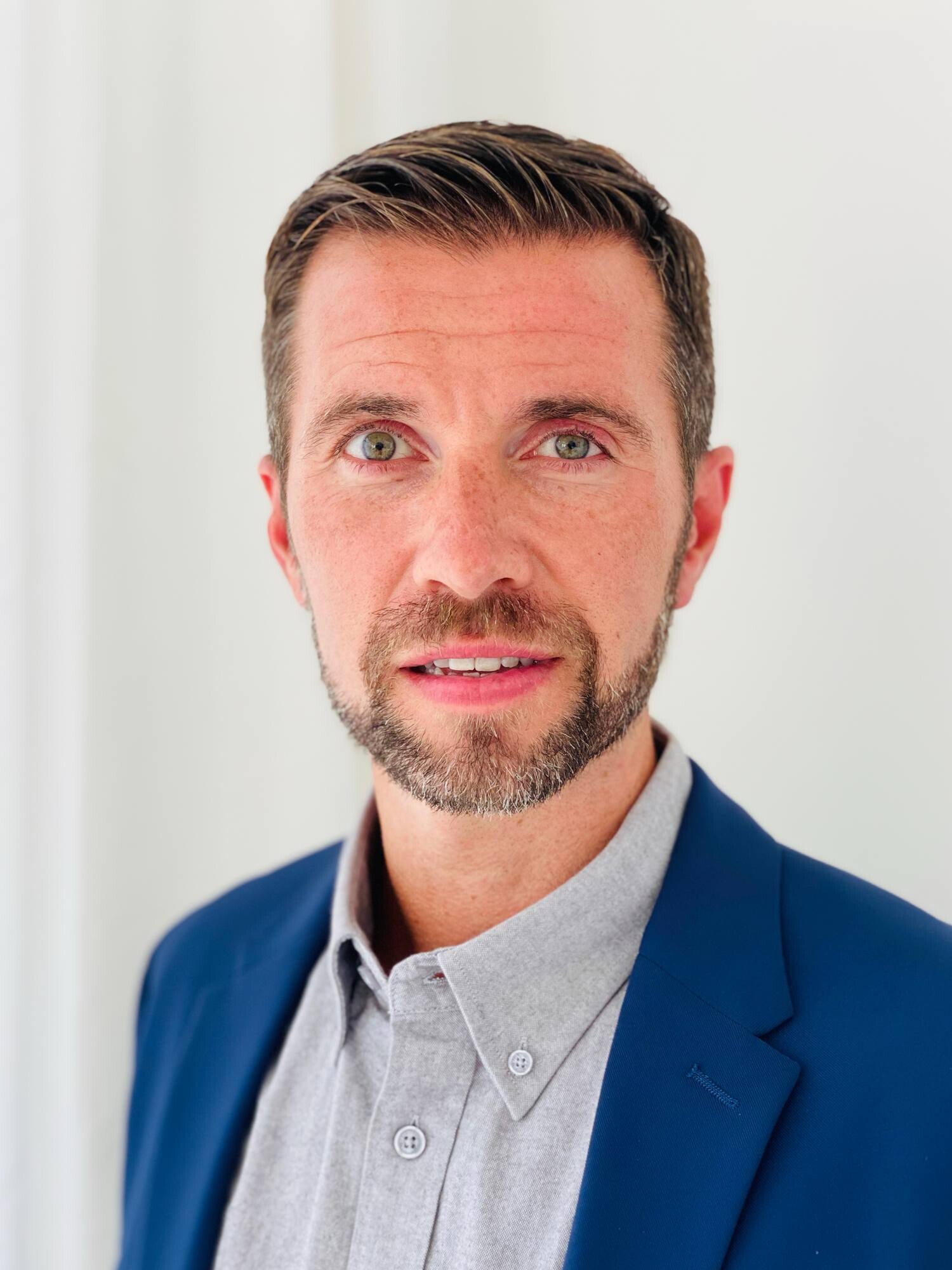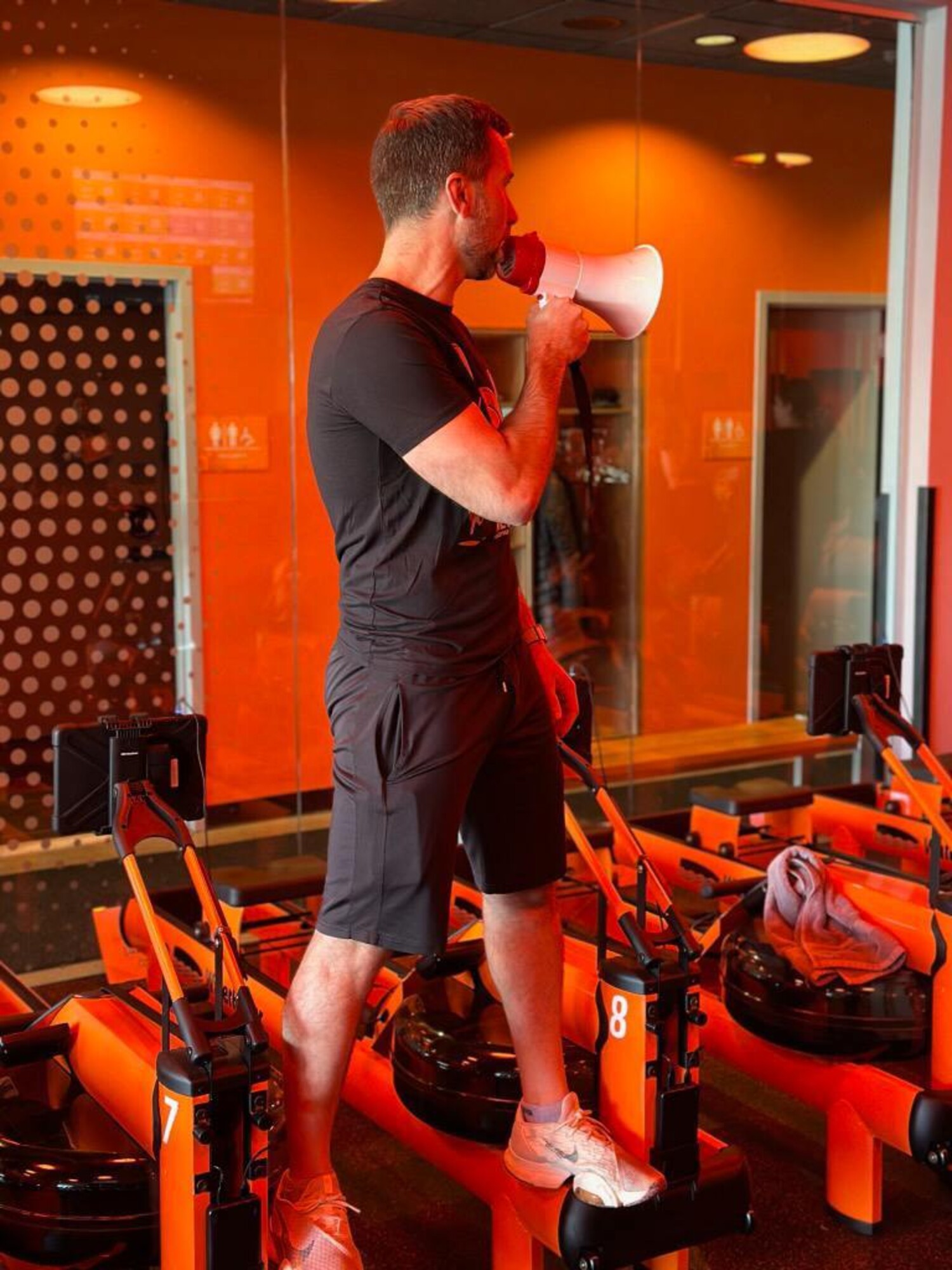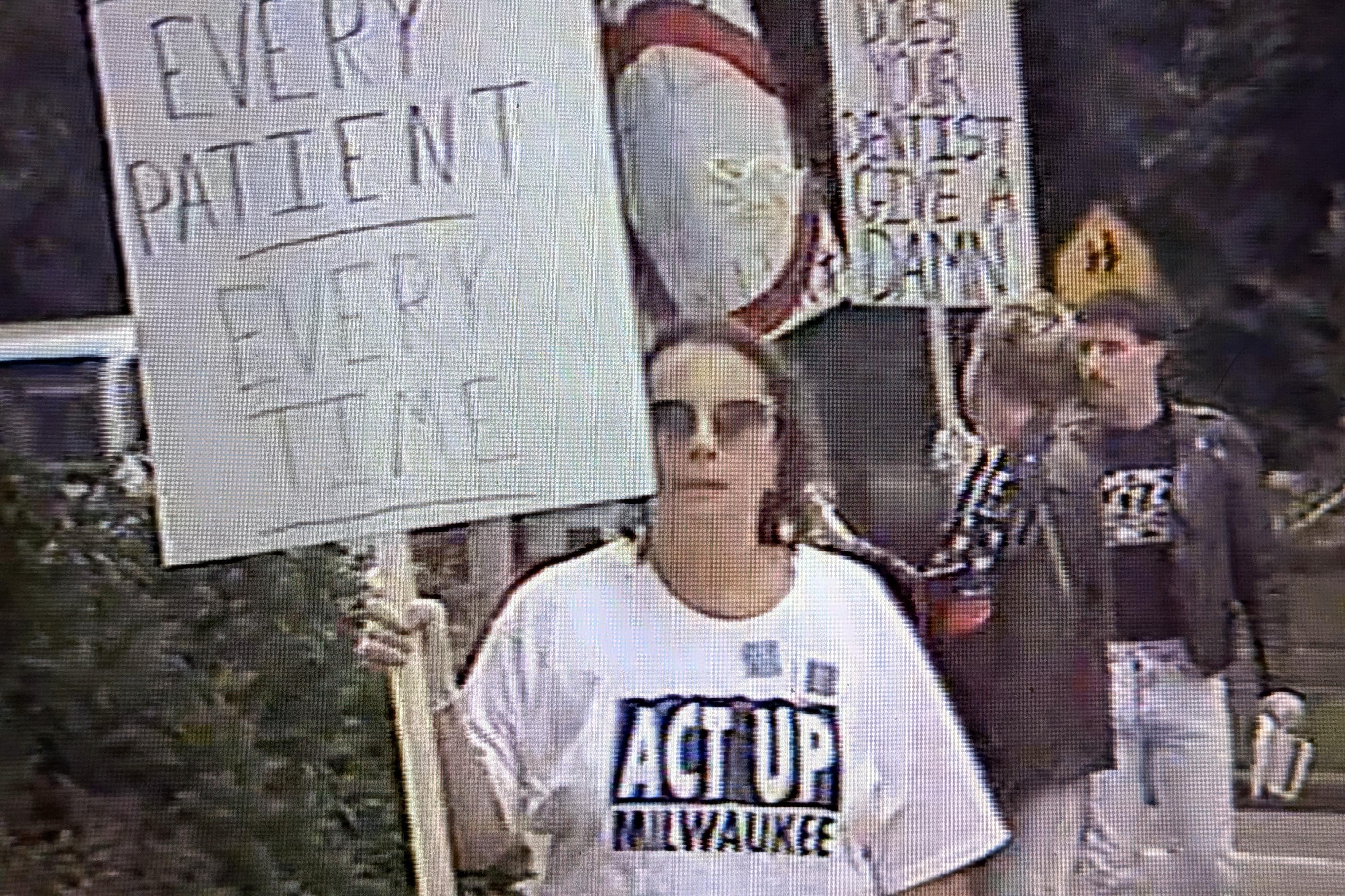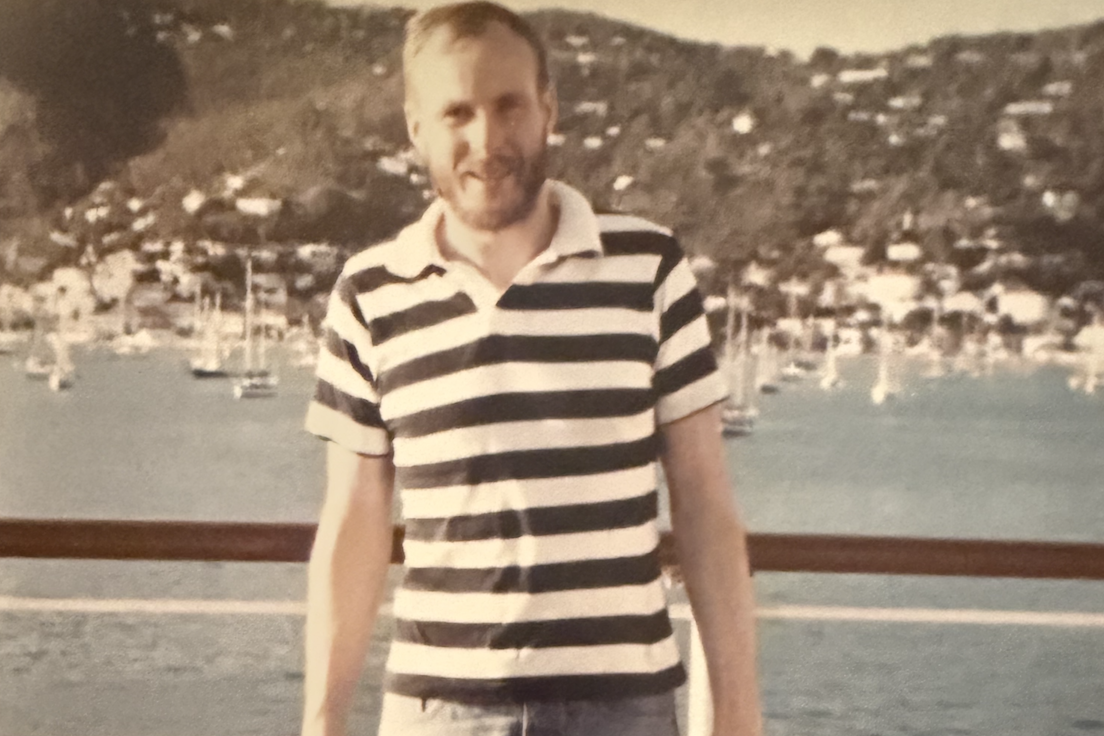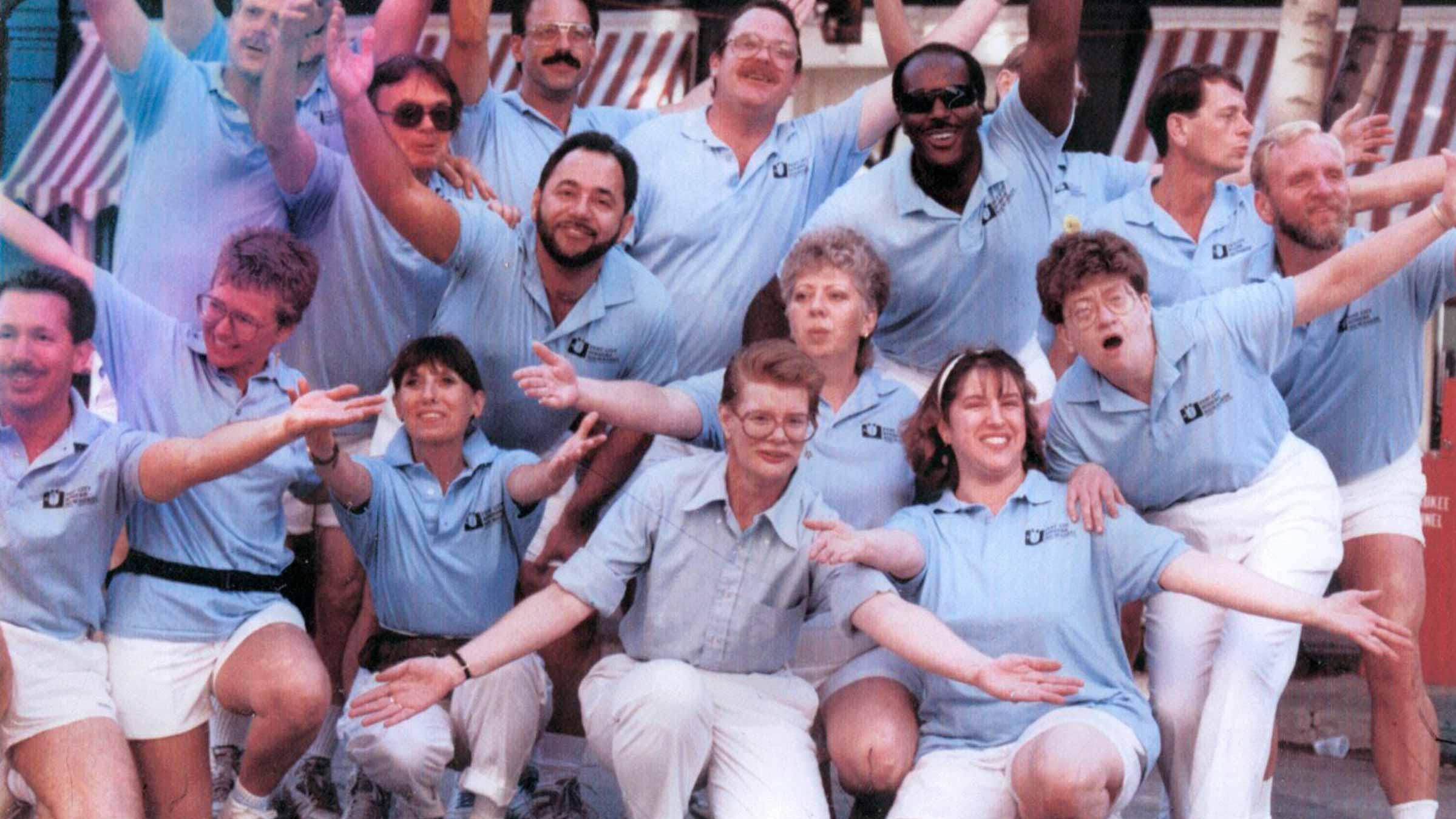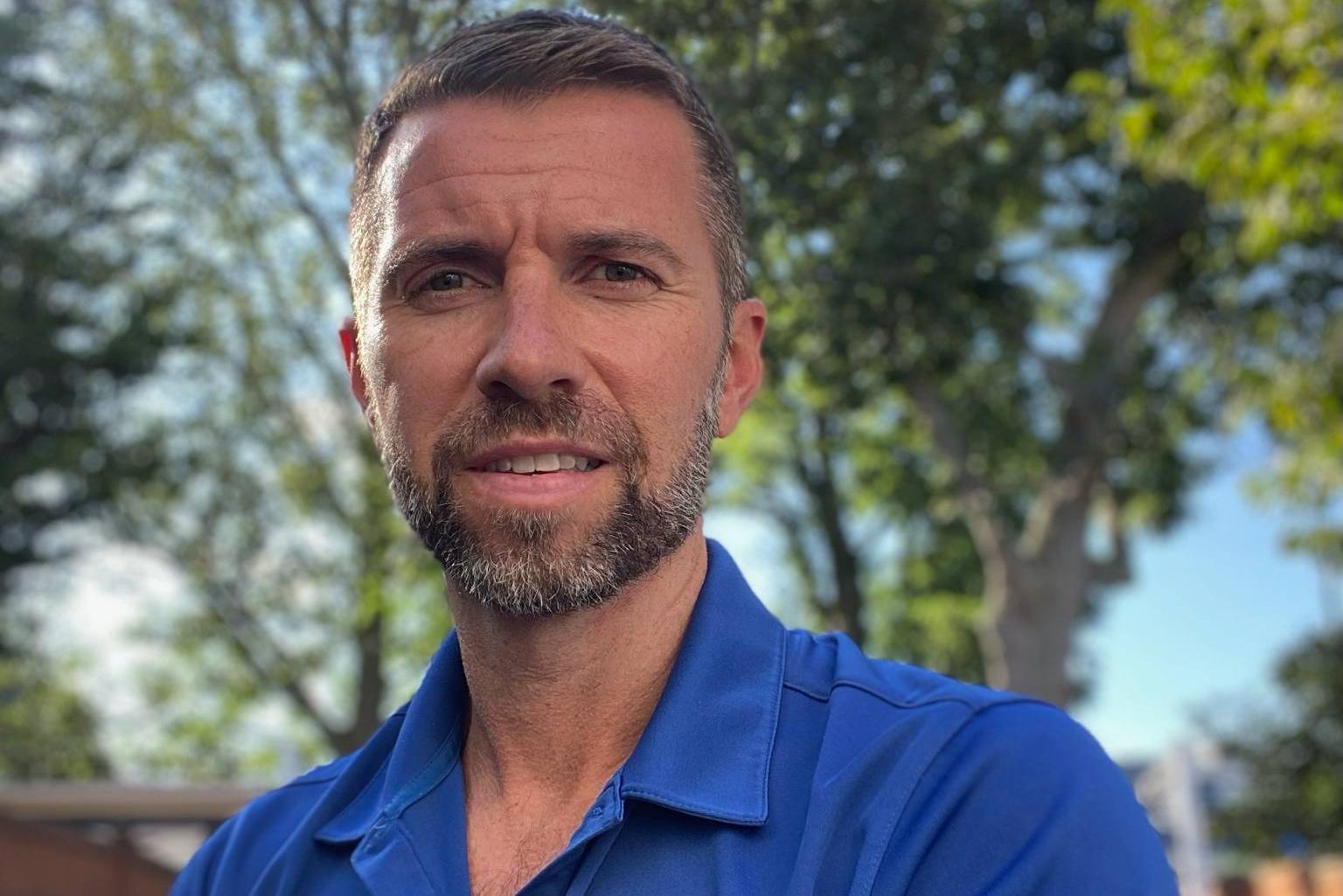
Kurt Dyer: building a better world for Wisconsin youth

“Just be you. You don’t have to be anybody else."
Kurt Dyer was only a few weeks past his 19th birthday when he started Project Q, Wisconsin’s first by-and-for LGBTQ youth drop-in program.
“We had a bunch of 19 year olds in one house. We’d do silly things like jump in the car at 11:30 at night and drive to Walmart to play hide and seek. We almost got kicked out of Walmart so many times.”
The energy was exciting but chaotic.
“It was lots of people, a big sense of community, and we were all supporting each other struggling through life.”
Dyer soon realized that having all these kids crash at his house wasn’t sustainable.
“Seeing as how we had all these queer kids living in my two-bedroom place, I knew obviously there was a need, so we started looking for a place of our own.”
That lead Dyer to the newly created Milwaukee LGBT Community Center, and a particularly helpful and zealous PFLAG mom, Elna Hiackson.
“She was connected to the Center and became the conduit,” Dyer said. “She helped connect us and sort of brokered us talking and then from there the Center said they’d give us a space.”
Dyer remembers putting 30 folding chairs in his apartment living room to hold the first formal meeting of what would become Project Q.
“It was exciting,” Dyer said.
“It was just our friends and peers learning and supporting each other and getting through it together. My best friend Joe worked at Buddy Squirrel in Grand Avenue Mall and his contribution to the ‘family’ was at the end of the night he’d bring all the old candy from his job to share.”
Dyer described a supportive, intentional community that looked out for each other.
“We would all pitch in to have food to feed everybody because only a small handful of us were working,” he said. “Every day was a different adventure to keep it going.”
Dyer eventually became the director of youth services at the Milwaukee LGBT Community Center, and ran the program until 2007.
From there, he worked at the AIDS Resource Center of Wisconsin and Public Allies. In 2009, he left Milwaukee for New York City (as Midwest queers are wont to do.)
From LaCrosse to Milwaukee
It makes sense that Dyer would start a drop-in center for gay youth in need.
At one time, he was a gay youth in need himself.
“I came out when I was 16,” Dyer said.
It was 1996. The AIDS Crisis had reached its peak, social stigma was still strong, and the murder of Matthew Shepard was just on the horizon. Coming out -- as a teenager -- was a major challenge.
“I came out to my friends but my family life wasn’t great,” Dyer said.
“My parents were very disconnected and my stepdad was very abusive. I was out to friends at school, but my parents weren’t really involved in my life, so they didn’t know anything.”
When his parents did find out, they kicked him out of the house at 16 years old.
“I tried to leave home by moving in with my best friend’s family. I was over at their house literally all the time,” Dyer said.
“When I tried to come out, my stepdad said he’d lock me in a mental institution. So when they eventually kicked me out, I just moved over there until I graduated and moved to Milwaukee for school.”
Despite growing up in La Crosse in the 1990s, and navigating family problems, Dyer actually had a pretty supportive community in his hometown.
“I’d say there were at least a dozen of us in that small town who were out in high school,” Dyer said. He had a group of queer friends, like Dylan, Alyssa, Christopher Parish, and Wells Pollock.
“Before I came out, I was involved in sports. I played football, baseball, and soccer. I did a lot of stuff and I was a very good student. So when I came out it wasn’t as big of a thing because I knew all the ‘jocks’ already. I had great relationships with all of them,” Dyer said.
“There were a couple other gay kids I was friends with who got some flack, but I didn’t have a problem with any of them.”
Dyer’s group of queer friends were all on the Academic Decathlon team, and they even had their own room for the team they could use during their free period to “study.”
“It was basically our little hang-out lounge,” Dyer said.
Dyer even recounted one story about helping the closeted foreign exchange science teacher from Scotland to come out. “That teacher directed the play, Romeo and Juliet that year -- and we helped him come out.”
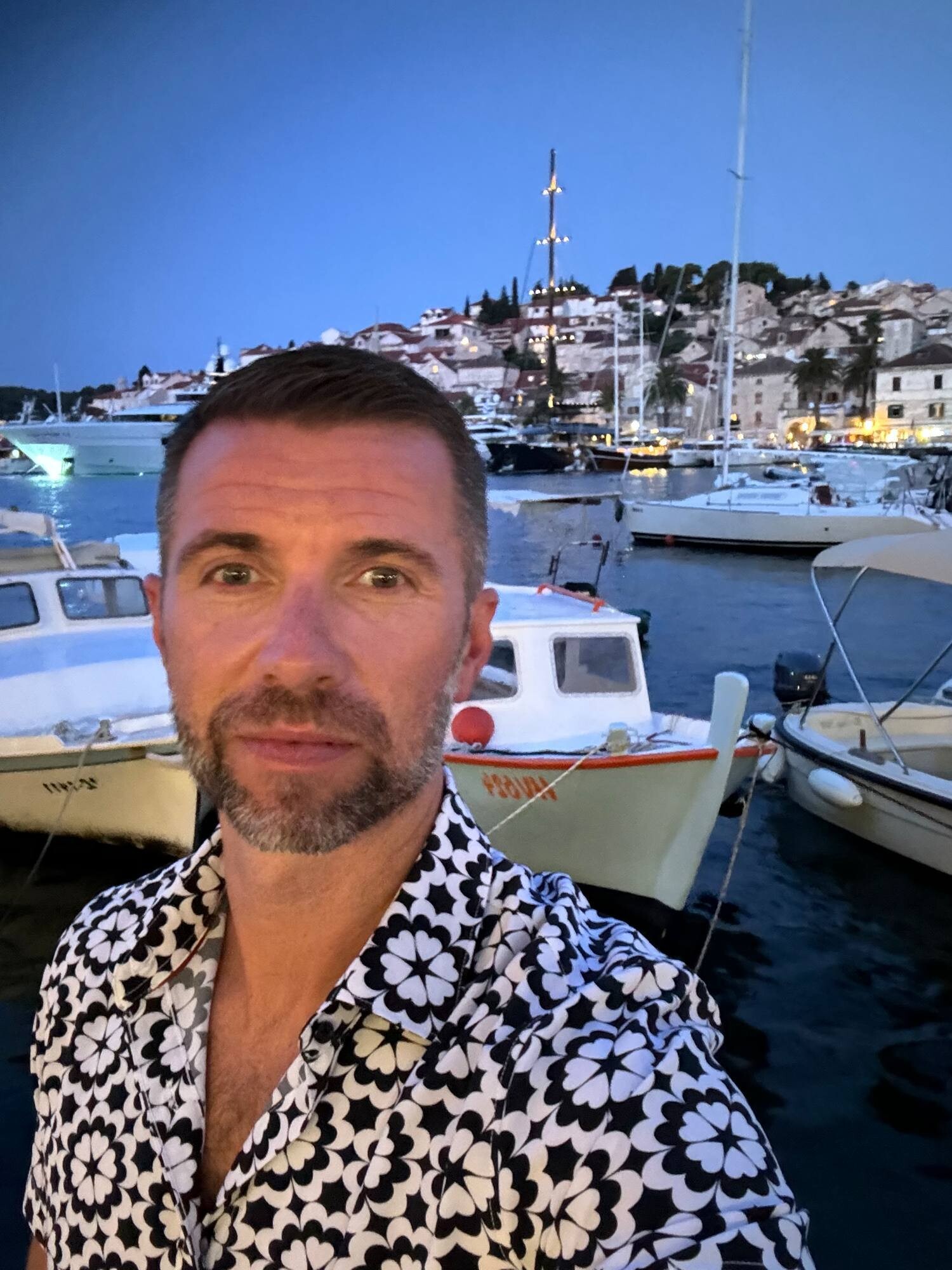 Kurt Dyer
Kurt Dyer
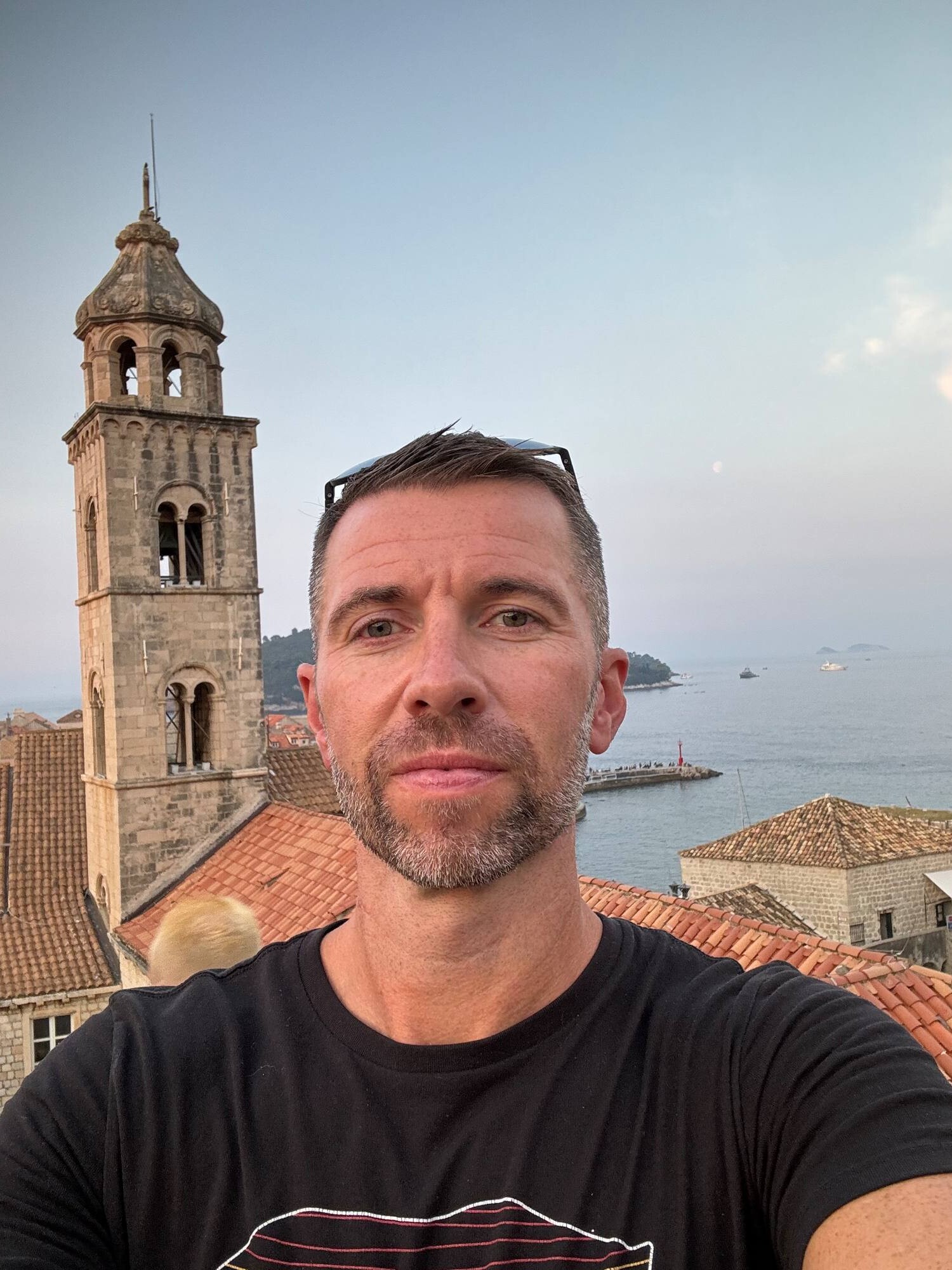 Kurt Dyer
Kurt Dyer
Parenting your parent in the city
Once Dyer arrived in Milwaukee for school, he found it difficult with very little support.
“I had done a social justice camp called Camp Anytown the summer before I moved," he said.
"I met a guy named Gary who said I could stay at his place in Milwaukee. I was working at TGI Fridays at the time and very quickly realized that I can’t go to school and afford rent at the same time."
“So I dropped out of school and just worked.”
Although Dyer had virtually no support—economically or emotionally—from family, he built a life for himself in Milwaukee.
Eventually, his mom even left his abusive stepdad and moved in with Dyer in Milwaukee.
“We lived together for a couple of years, before I bought a house, and moved in with my partner at the time,” he said.
“It was definitely more of a ‘roommates’ vibe than living with your parents. I had to parent my mom sometimes,” Dyer said.
“She would meet guys online, and just didn’t understand how to do that safely. So I would take her computer away for two weeks and tell her to figure out who she was before she tried that again.
"I was like 23 at the time,” Dyer said with a laugh.
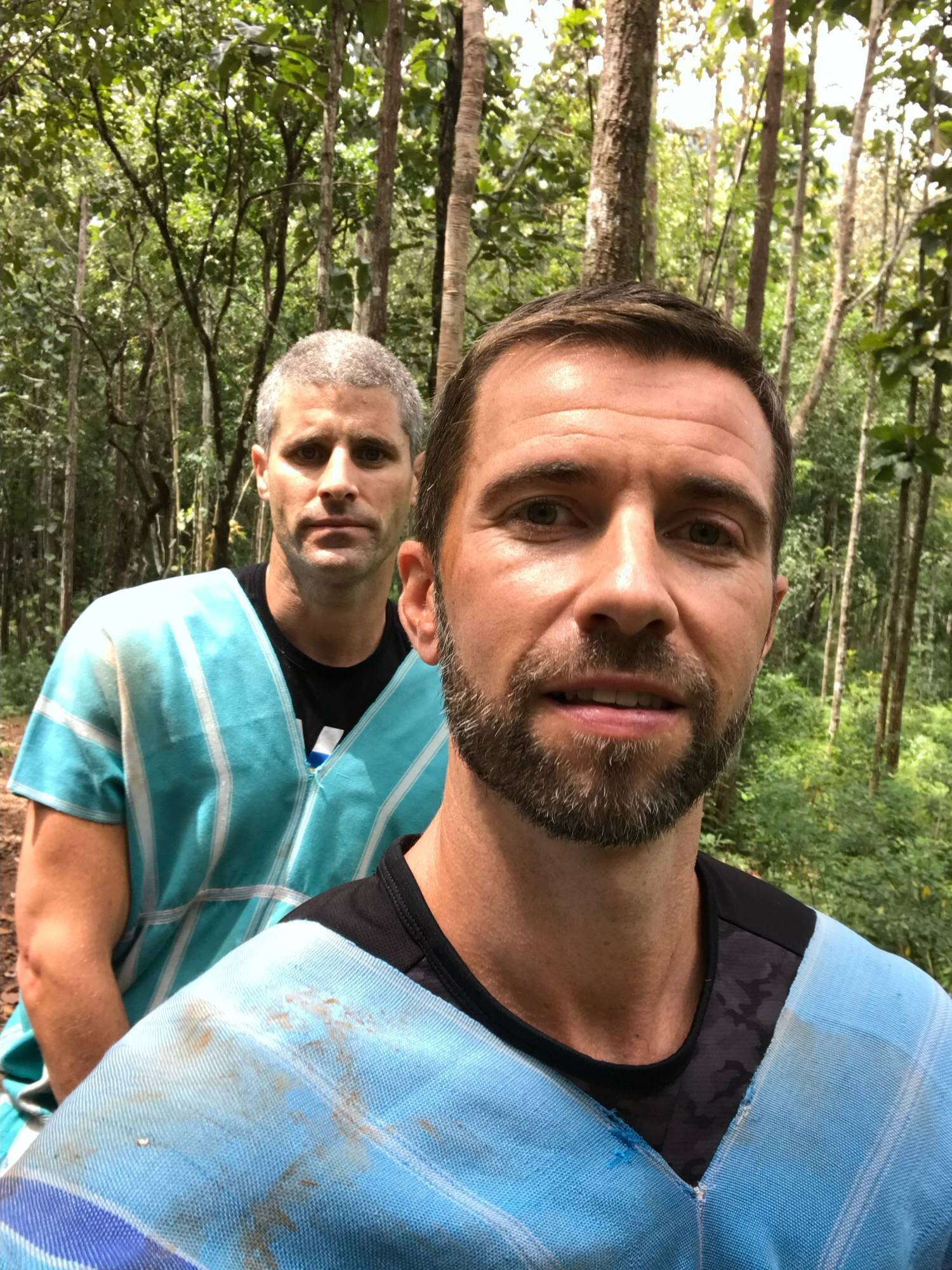 Kurt Dyer
Kurt Dyer
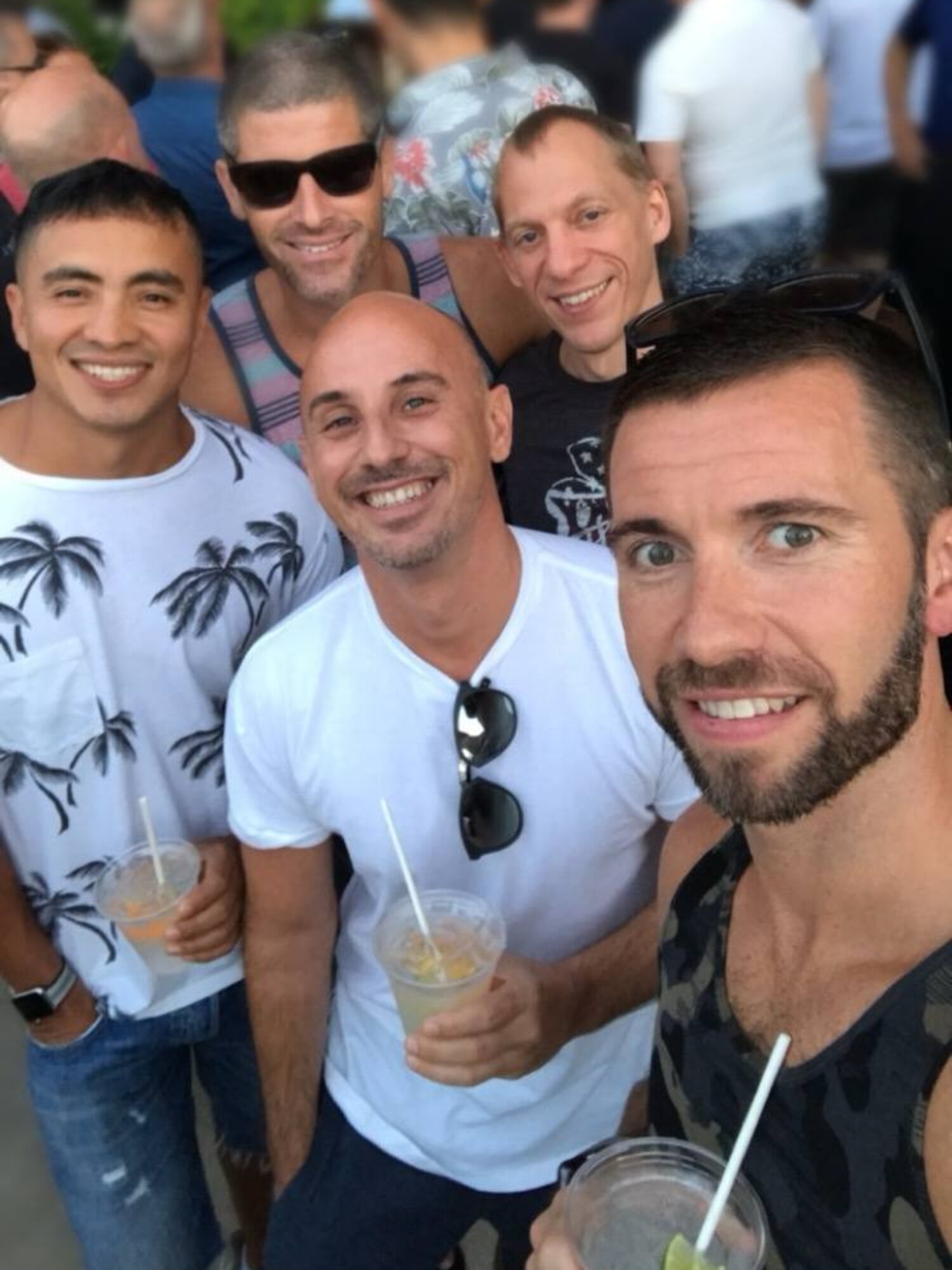 Kurt Dyer
Kurt Dyer
Project Q: 25 years later
Kurt Dyer lives in New York City today.
Looking back on Project Q 25 years later, Dyer’s proud of the group’s legacy.
“It’s a little easier now, but queer kids still need a place to meet each other and to date and do all the things that kids do,” Dyer said.
“Straight teens, they meet each other everywhere. Gay kids don’t have that opportunity as much."
"Project Q was important because it was literally just having a place to go. So many queer kids’ emotional and sexual development is stunted for so long -- because there are few options out there to do normal kid stuff together.”
Dyer’s also proud of the relationships he’s made through Project Q.
“I’m thankful that Project Q is still there. I made so many friendships there,” he said.
“Every once in a while, I’ll hear a name from back in the day, and hear how well they’re doing and it makes me so happy. To know that we were in each other’s lives back then, and they got something positive from something I built -- that's the best feeling.”
Dyer’s advice for the next generation of Wisconsin LGBTQ leaders?
“Just be you. You don’t have to be anybody else."
"If everybody did that, the world would be a better place.”
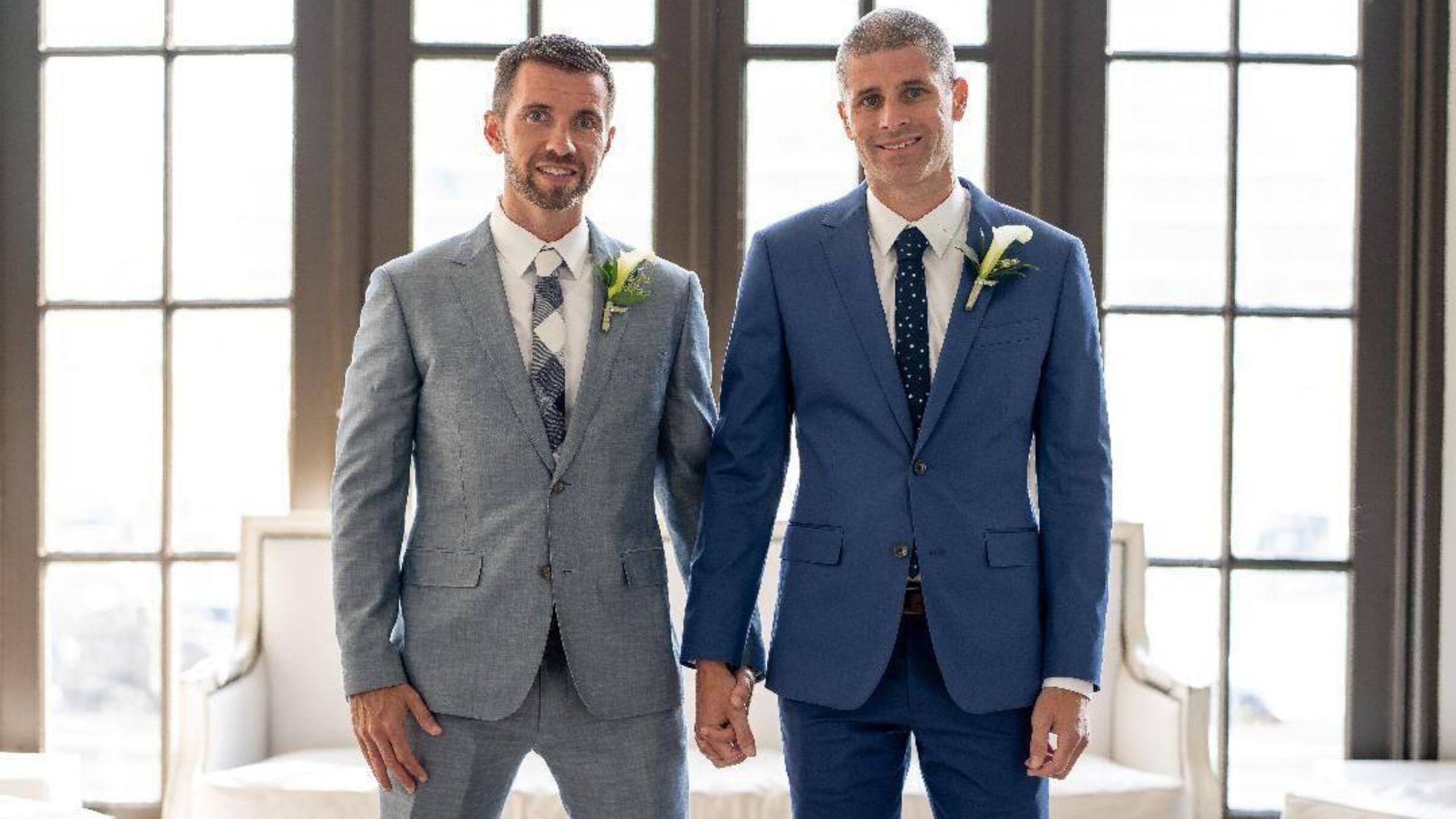 Kurt Dyer
Kurt Dyer
recent blog posts
December 01, 2025 | Dan Fons
December 01, 2025 | Garth Zimmermann
November 28, 2025 | Michail Takach
The concept for this web site was envisioned by Don Schwamb in 2003, and over the next 15 years, he was the sole researcher, programmer and primary contributor, bearing all costs for hosting the web site personally.
